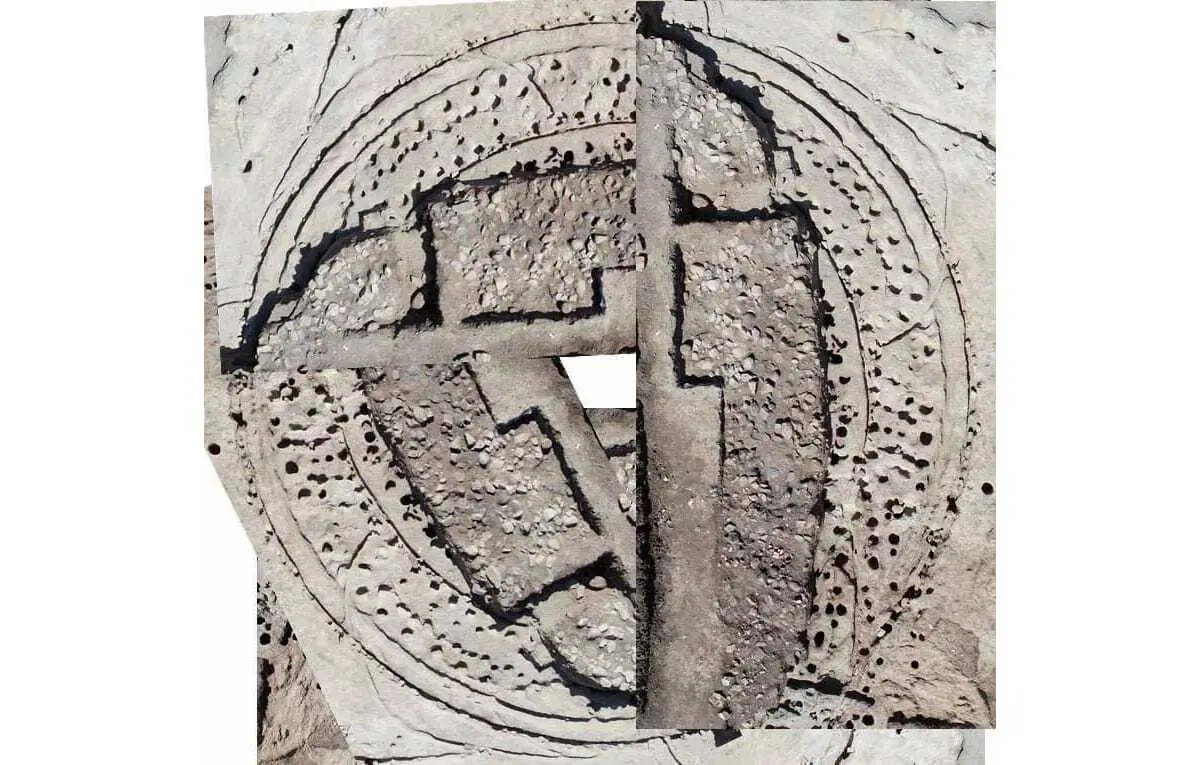Archaeologists conducting research in the Perdigões complex in the Évora district of the Iberian Peninsula has uncovered a “Woodhenge” monument.
The Perdigões archaeological complex is a prehistoric ceremonial site, comprising of 12 ditched enclosures which have been extensively studied since 2008 after its discovery during the planting of a vineyard.
The complex consists of several concentric circles of palisades and dates from the end of the Middle Neolithic, and the beginning of the Bronze Age with occupation lasting for around 1400 years.
As part of the 2020 research, archaeologists from Era – Arqueologia discovered a monumental wooden henge, similar in form to prehistoric sites across Europe such as “Woodhenge” in the Stonehenge landscape of Salisbury Plain, England.
The Perdigões woodgenge consists of a circular plan of wooden posts, with a diameter of around 20 metres and is situated in the centre of the Perdigões complex. The henge is oriented towards the summer solstice, which archaeologists suggests demonstrates an underlining relationship between the architectural type of ‘woodhenges’ and ‘timber circles’ and may also suggest that Europe was more interconnected than previously thought during the Neolithic.
Project leader António Valera told Portugal News: “this discovery reinforces the already high scientific importance of the Perdigões enclosure complex in the international context of European Neolithic studies while increasing its heritage relevance”, which was recognised in 2019 as a National Monument.
Header Image Credit : Era – Arqueologia





